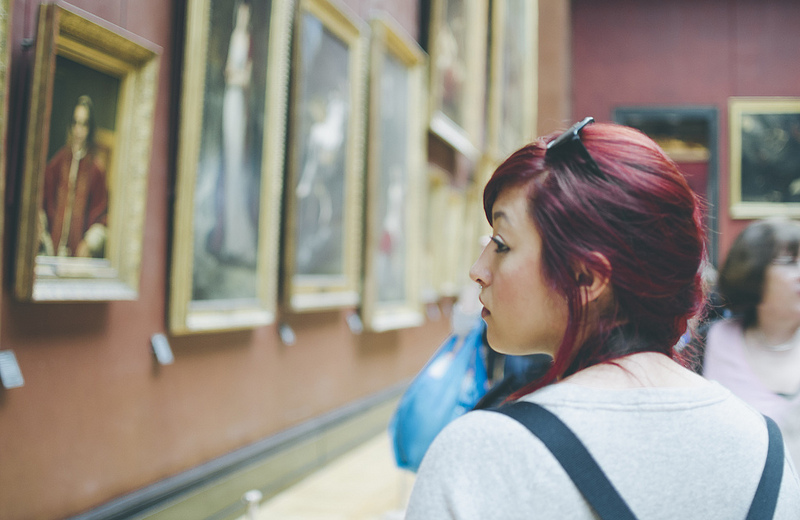
Photo: gdiazfor via Visual Hunt / CC BY-ND
Museum and gallery employment estimates rise
The latest Government statistics suggest the creative industries are continuing to grow and improve diversity.
Employment in museums, galleries and libraries has seen strong growth following years of decline and standstill, according to new Government statistics.
118,000 people were estimated as being employed in creative and non-creative roles in museums, galleries and libraries in 2015 – a rise of 11.3% on 2014 and the highest since 2011, when the number was 113,000.
The figures suggest that employment in music, performing and visual arts has seen steady growth since 2011 and rose by 2.5% in 2015, to 356,000.
Increased diversity
The recovery of employment in museums, galleries and libraries has been echoed by an increase in diversity in the sector. The percentage of black and minority ethnic people in the workforce rose from 7.5% to 9.3% last year.
This is still significantly lower than the national average of 11.3%, but higher than the percentage employed in music, performing and visual arts, which was 7% in 2015 – a figure it has hovered around for the past five years.
The diversity of employment in music, performing and visual arts is one of the lowest in the creative industries, with only architecture and crafts employing a less diverse workforce.
Both sectors have seen a general upward trend in the percentage of people they employ from lower socio-economic groups. Less advantaged people made up 19.5% of the workforce in museums, galleries and libraries, and 12.1% in music, performing and visual arts.
The gender balance has remained relatively steady in both sectors. Around 68% of employees in museums, galleries and libraries are women, while women represent around 47% of employees in music, performing and visual arts.
A great success story
Culture Secretary John Whittingdale welcomed the figures, which show the creative industries as a whole have increased nearly three times faster than the UK average since 2011. “The Creative Industries are one of the UK’s greatest success stories,” he said.
“None of this is changed by the UK’s decision to leave the EU and I am confident that our creative industries will continue to thrive and take advantage of the new opportunities which are opening up to do business across the world.”
The latest figures coincide with the publication of a new growth strategy for the UK creative industries by the Creative Industries Council.
The strategy, which aims to provide “a blueprint to UK government for growth in a post-Brexit UK”, recommends increasing UK creative services exports and encouraging businesses to expand.
Join the Discussion
You must be logged in to post a comment.